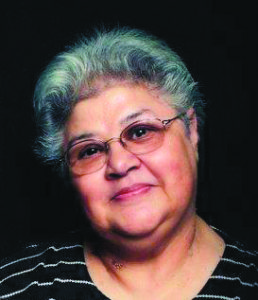

The road building was slow. The emigrants had only axes and saws and only one grindstone in the entire company, therefore much of the clearing was done by burning. From mid-September through December, they battled their way through the thick timber of the Mountain’s southern flank. They realized they would not have time to finish the road over the rough terrain between them and the Willamette Valley before the winter snows began. Two of the party went to Oregon City for fresh supplies. One man stayed behind as a guard at “Fort Deposit” where they had constructed a log cabin for storing their wagons and belongings. Then, in small groups, they made their way out of the mountains, some on foot, and some on horseback. At least one woman rode a cow.
The trek out was miserable. Snow had begun to fall. The emigrants were cold and hungry; some were sick from exposure. Many of the livestock died from eating the poisonous rhododendron leaves. Fog, rain, or sleet slowed their progress and camps were made under any shelter that could be improvised.
In his journal, Joel Palmer recorded that he “…stood shivering in the rain around the fire, and, when daylight appeared, it gave us an opportunity to look at each other’s lank visages. Our horses were shivering with the cold, the rain had put out the fire, and it seemed as though every thing had combined to render us miserable.” In spite of all this, many managed to keep their sense of humor. One of Barlow’s daughters declared: “We are in the midst of plenty – plenty of snow, plenty of wood to melt it, plenty of horsemeat, plenty of dogmeat, if the worst comes.”

By Christmas 1845, everyone had reached Oregon City safely.
After the snows melted the following year, the groups returned to Fort Deposit for their wagons and belongings. Barlow petitioned the Provisional Legislature for $4,000 and the right to construct a toll road over the route taken by the party.
With Philip Foster as his financial backer and a crew of forty men, Barlow hacked out a narrow road through forests, rivers, and marshy meadows from The Dalles to Oregon City, a distance of about 150 miles. Upon opening in August, 1846, the toll charges were set at $5.00 for a wagon, $1.00 for each person and 10 cents for each head of cattle. Reuban Gant is recorded to have driven the first wagon across the new road in 1846. Barlow reported that 145 wagons and nearly 1,600 head of livestock made it over the road that first year.
Word that a wagon road had been completed was welcome news in The Dalles. The new trail crossed the Cascades between Mt. Hood and Mt. Jefferson, winding between Government Camp and Trillium Lake. The toll was much less than the cost of passage through the Gorge, and the trip could be made in less than a week compared to nearly a month by the Gorge route.
Some of the enthusiasm ebbed, however, when pioneers saw the road. The ascent to Barlow Pass was difficult for oxen and travelers who had already trudged 2,000 miles. The road was a mere path between trees, going up steep grades, and crossing boulder-strewn ravines. Summit Meadows was used as a rest stop. Here, lush grass grew for the livestock. Pioneers camped in the meadows, making repairs and resting before the strenuous descent of Laurel Hill. In 1868, Perry Vickers built the “Summit House,” a trading post and oasis for the travelers. One of the first permanent settlers in the Mt. Hood area, he is buried at the edge of Summit Meadows.
No Comments
Leave a comment Cancel